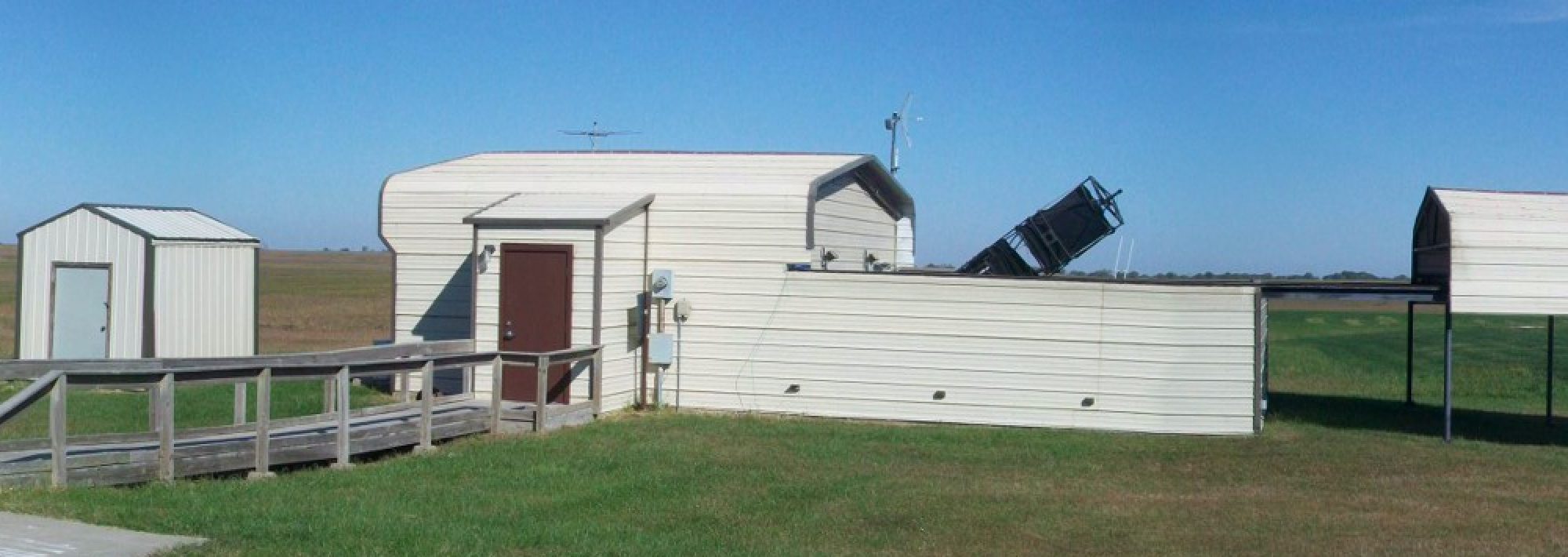How to Watch a Meteor Shower
The requirements for successful meteor shower-watching are simple: a dark site, a comfortable perch, warm clothing, time, and your eyes. That’s it.
Binoculars and telescopes are a hindrance for these events. Meteors can appear anywhere across the sky, so the wider the view, the better. The most important thing is darkness, away from city lights and as little moonlight as possible. You’ll be looking up, so support for your head and neck will make viewing much more comfortable. A reclining chair or blanket on the ground will work nicely. Having warm clothing or blankets may seem strange, especially for warm-weather showers like the Perseids, but it cools off during the night, and you’ll be there a long time. Some people like sleeping bags for meteor viewing.
Speaking of time, meteor activity always picks up after midnight, since that’s when your location on Earth turns into the debris stream that creates the meteor shower. Each shower has its own characteristics; in general, as the shower radiant (where the meteors appear to originate) rises higher, the number of meteors that become visible increases, and that’s in the early morning hours.
Meteor showers can be recorded, and some like to set up cameras to catch an image of a meteor. You can make it as simple or complex as you choose. Enjoy the sky show!

